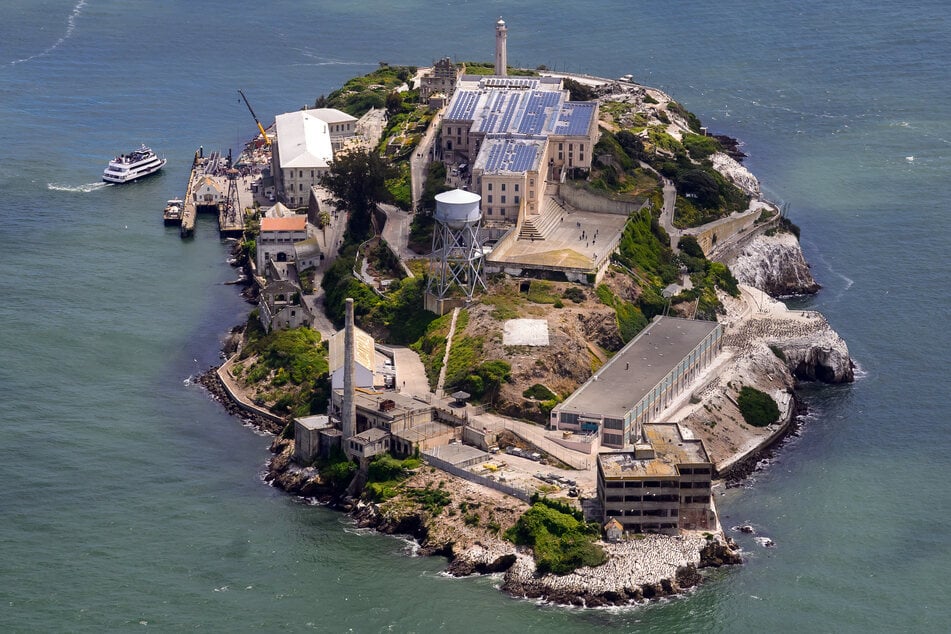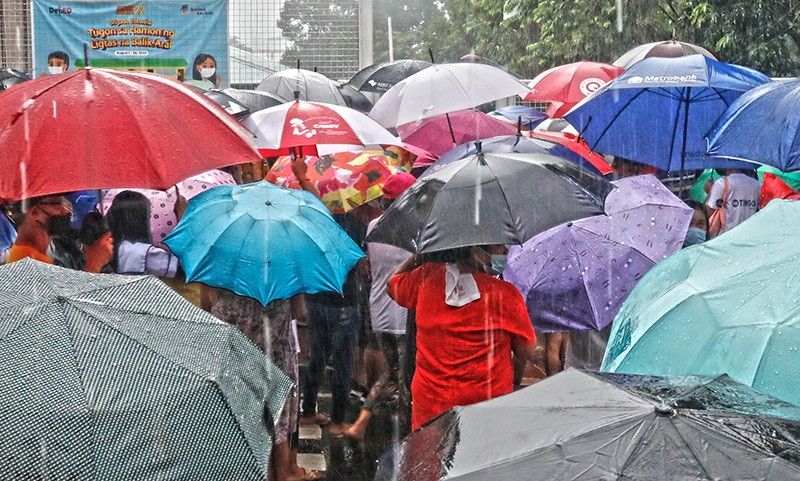PAGASA warns of ‘danger level’ heat index in seven areas on March 28, 2025
PAGASA has warned that the heat index in seven areas across the Philippines may reach dangerous levels on March 28, 2025. With temperatures ranging from 42°C to 46°C, residents are advised to stay hydrated, avoid prolonged sun exposure, and take precautions to prevent heat-related illnesses.
The Philippine Atmospheric, Geophysical and Astronomical Services Administration (PAGASA) has issued a warning that the heat index in seven areas across the country may reach ‘danger levels’ on March 28, 2025. This comes as temperatures continue to rise amid the dry season, increasing the risk of heat-related illnesses.
Heat Index Expected to Reach Dangerous Levels
According to PAGASA, heat indices between 42°C and 46°C are expected in several parts of the country. The heat index, or the apparent temperature, considers both air temperature and humidity, giving a more accurate measure of how hot it feels. When it reaches this range, it poses health risks such as heat cramps, heat exhaustion, and even heat stroke with prolonged exposure.
The affected areas include:
-
Science City of Muñoz, Nueva Ecija
-
Camiling, Tarlac
-
Cavite State University in Indang, Cavite
-
San Jose, Occidental Mindoro
-
Iloilo City, Iloilo
-
Butuan City, Agusan del Norte
-
Cotabato City, Maguindanao del Norte
PAGASA classifies heat indices from 42°C to 51°C as ‘dangerous,’ meaning people should avoid prolonged sun exposure and take necessary precautions to prevent heat-related conditions.
Public Advised to Take Precautions
PAGASA has urged residents in these areas to stay hydrated, avoid strenuous outdoor activities, and wear light-colored, loose-fitting clothing. The public is also advised to stay indoors as much as possible, especially between 10:00 AM and 4:00 PM when temperatures are at their peak.
Heat-related illnesses can be life-threatening if not addressed promptly. Signs of heat exhaustion include dizziness, heavy sweating, nausea, and muscle cramps. If a person experiences confusion, loss of consciousness, or a rapid pulse, it may be a sign of heat stroke, which requires immediate medical attention.
Rising Temperatures Across the Country
The heat wave is being driven by the ongoing dry season, worsened by the El Niño phenomenon. PAGASA has warned that temperatures may continue to rise in the coming weeks, urging the public to remain cautious.
Meanwhile, local government units (LGUs) are advised to implement safety measures such as providing shaded areas and hydration stations in public places. Schools and workplaces are also encouraged to adjust their schedules to minimize exposure to extreme heat.
Long-Term Concerns
Experts have expressed concerns over the long-term effects of rising temperatures in the Philippines. With climate change contributing to extreme weather conditions, heat waves may become more frequent and intense. The government is urged to improve heat mitigation strategies, including urban greening, better ventilation in public spaces, and policies to protect vulnerable populations such as the elderly and outdoor workers.
As the Philippines braces for high temperatures, PAGASA continues to monitor conditions and provide updates. Residents are advised to stay informed and take necessary precautions to prevent heat-related health issues.
Sources:
What's Your Reaction?












/https://tf-cmsv2-smithsonianmag-media.s3.amazonaws.com/filer_public/54/66/546650fa-26a4-40fd-8d6d-5a7a04540f81/rosetta2.png)
:max_bytes(150000):strip_icc():focal(999x0:1001x2)/robert-prevost-050825-1-39395418ab494da5a3a700c9478e66c8.jpg)















































format(webp))
format(webp))


























